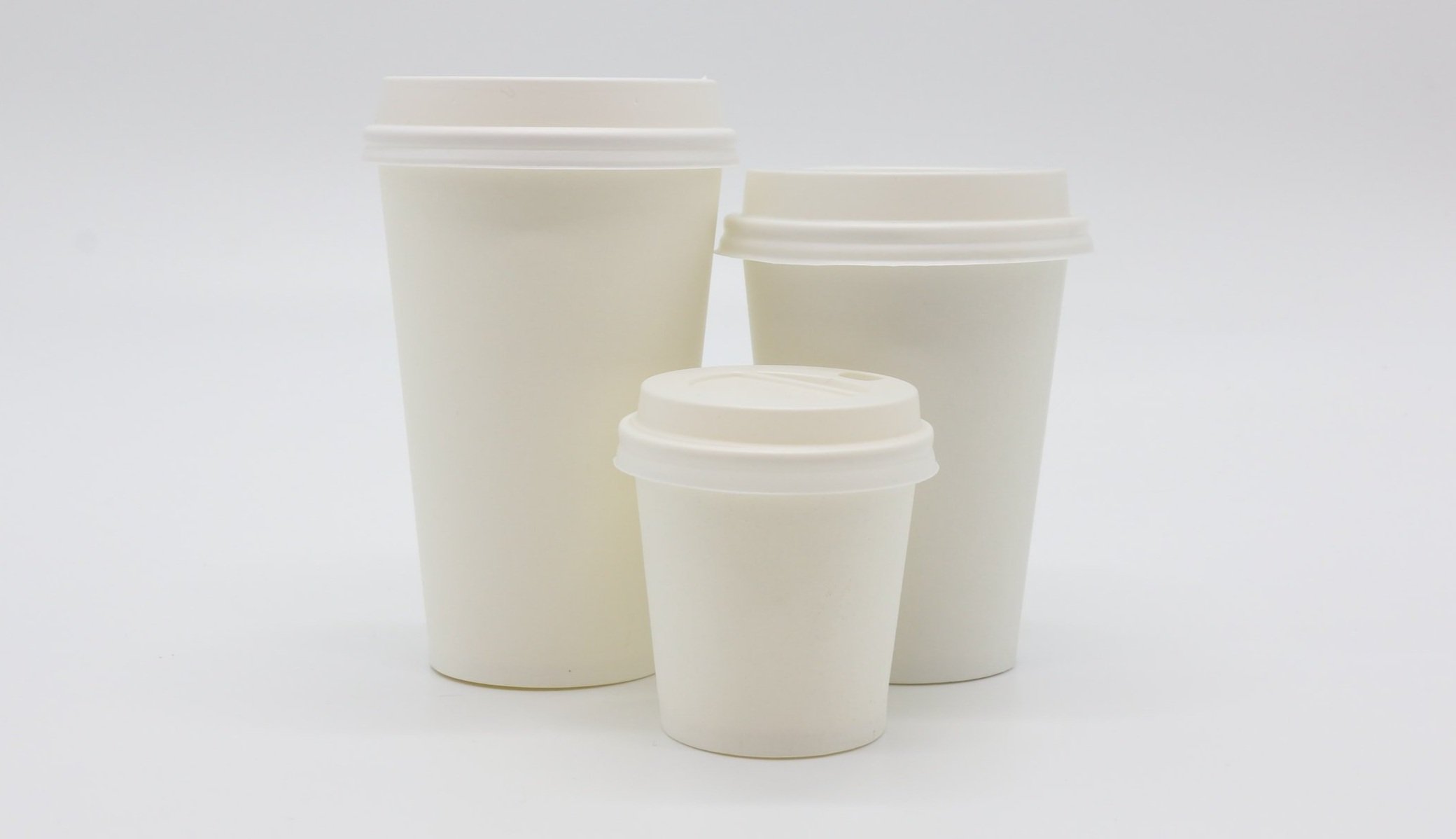Third-wave coffee is out. Don’t take it from me, though—take it from the data scientists at Inspire Brands.
Over the past couple of months, while walking from the train to work, I’ve noticed a striking ad campaign on the glass door of a Dunkin’ Donuts on Cobble Hll’s Court Street. Highlighting a roast concocted specially for the winter months, it proudly proclaims that Dunkin’ Midnight is OUR DARKEST BREW YET. The imagery is at once inviting and ominous, showing a blue aura emitted from a styrofoam cup that communicates not just an experiment, but a mandate.
Dive a little deeper into the promotional copy and you’ll get a plain view of Dunkin’s rationale:
It’s official—dark roast is having a moment. Coffee lovers are looking for some seriously rich taste profiles, and to that we say, come on over to the dark side… Intrigued by Dunkin’ Midnight but not quite sure what the hype around dark roast coffee is all about? Think of it this way: roasting coffee is like toasting a marshmallow. If you’re patient, you can toast the marshmallow until it’s dark and deliciously caramelized without burning it.
Whether this analogy resonates with you or not, it comes in striking contrast to the norms of today’s specialty scene, where light roasts reign supreme. In fact, more often than not the very fact that you’re drinking an ultra-light arabica can practically remain unsaid.
So why, exactly, are light roasts now the de facto standard? Part of that lies in the fact that, to many aficionados, they let tasting notes come through while darker roasts obscure them. Take, for instance, Sey Coffee, a fine cafe and roastery that supplies many other cool shops around New York City. One of their Colombian offerings produces a cup that is “extremely clean, tasting of ripe coffee cherry, with excellent sweetness and clarity, and a lovely effervescent acidity.” It’s a far cry from burnt marshmallows, that much we can be sure of.
It’s worth clarifying that, historically, I’m a guy who likes spending no small portion of his disposable income on fancy coffee. But a few years of drinking cups of coffee in southern Vietnam—some at world-class cafes in Saigon, others served up by streetside vendors whose ultra-strong concoctions are heavily mediated by condensed milk—helped open my eyes to the many faces of robusta. Often associated with bitterness and unflattering descriptors (burnt, rubbery, or sometimes burnt-rubbery), robusta, which is grown across Southeast Asia, India, and West Africa, has in decades past been used in instant coffees or as ‘filler’ in mixed blends. But that doesn’t mean robusta can’t be great.
In 2020 I went to a cupping session hosted by Vietnamese coffee expert and robusta evangelist Will Frith. His roastery in Ho Chi Minh City has all sorts of scientific-looking devices and produces amazing coffee; but Frith and others, like Nguyen Coffee Supply, are at the forefront of a movement to redefine robusta and get it a seat at the specialty coffee table.
This endeavor is not without its challenges, both in logistics and public opinion at large. “It’s like, where do you put this thing that’s always been automatically perceived as low-quality when you’re trying to create the high-quality version?” Frith said.
Most people, it turns out, don’t necessarily seek out a daily cup of joe with esoteric tasting notes (I, for one, save those for the weekend.) According to recent polling, 49% of Americans indicated that they prefer medium roast on the whole. Maybe the team behind Dunkin’ Midnight is on to something after all and is, in their own full-bodied way, priming us for a future that welcomes coffee of all roasts and regions. I’ll pair it with a jelly-filled donut, as they suggest, and report back.
